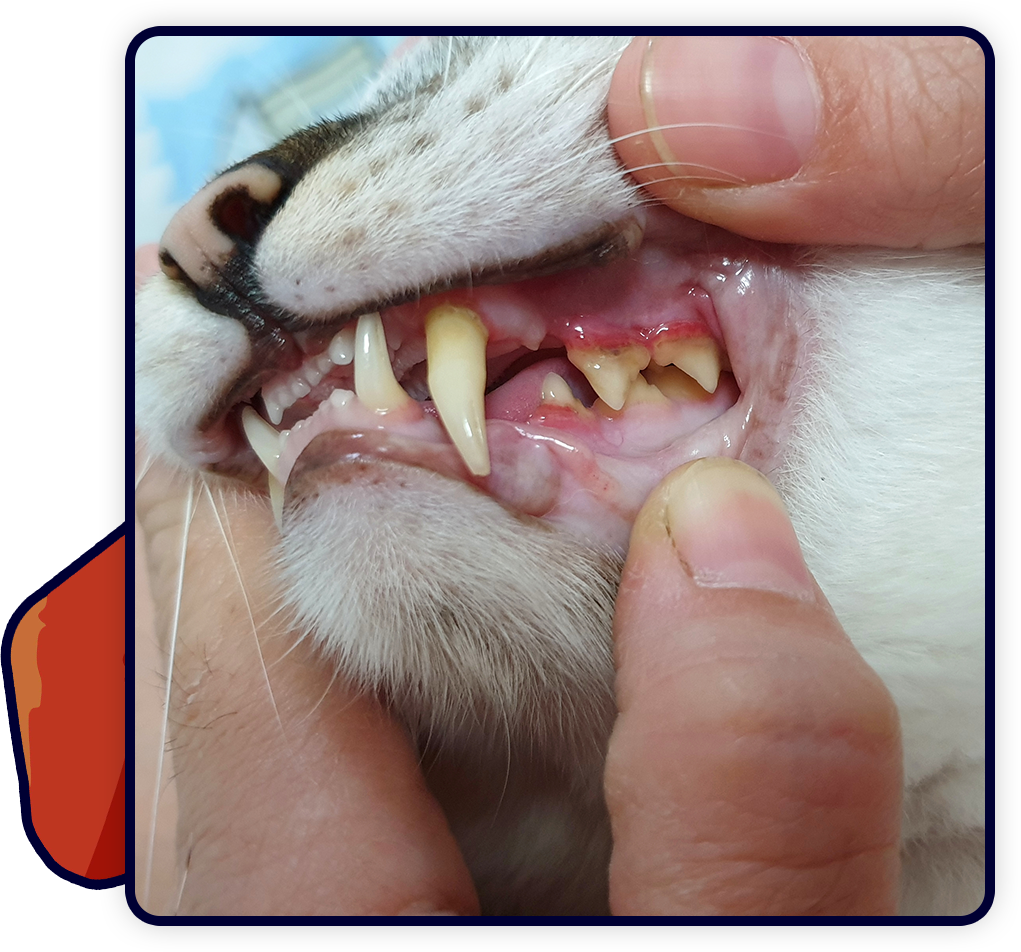Dental Disease
Dental disease is one of the most commonly diagnosed conditions in cats and dogs, and affects most pets by age 3. Without preventive oral care, bacteria slip below the gumline and destroy the tooth root and surrounding structures, causing pain, inflammation, infection, and a decreased quality of life. Left unchecked, severe dental disease also can impact organ health, including the kidneys, liver, and heart. Fortunately, dental disease is entirely preventable with routine dental care.

The Dental Cleaning
At Neighborhood Veterinary Centers, every wellness exam includes an oral health assessment. If your pet has dental disease signs, you may be advised to schedule a dental cleaning under anesthesia, which will include:
The Dental Cleaning
At Neighborhood Veterinary Centers, every wellness exam includes an oral health assessment. If your pet has dental disease signs, you may be advised to schedule a dental cleaning under anesthesia, which will include:

Dental Extractions
Our veterinarian will identify dental abnormalities in your pet above or below the gum line. If they detect changes such as decay, retained baby teeth, root resorption, inflammation, or infection, they may recommend dental extractions. This treatment may sound drastic, but dental extraction is generally the most effective and economical option to relieve pet dental pain and halt disease progression.


After their pet’s damaged teeth are removed, pet owners report near immediate improvement in comfort and behavior—illustrating the powerful effect of dental health on a pet’s wellbeing. To ensure your pet’s experience is comfortable, we use local anesthetic blocks to numb the area before beginning the procedure. Multi-rooted teeth are divided to ensure complete removal.








